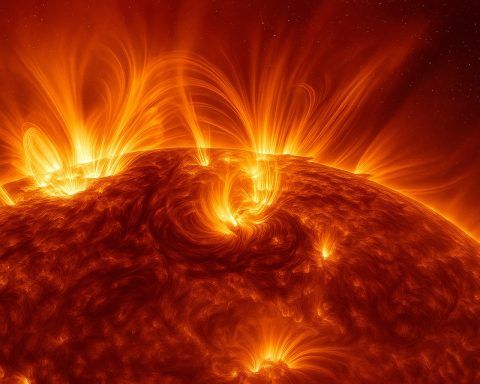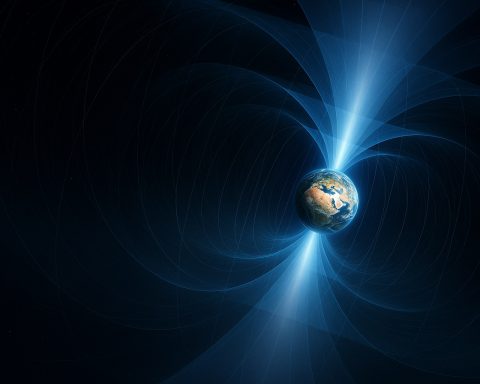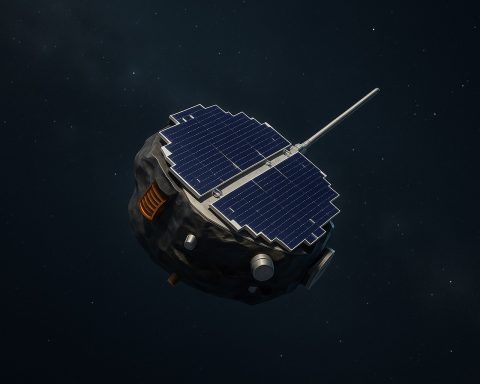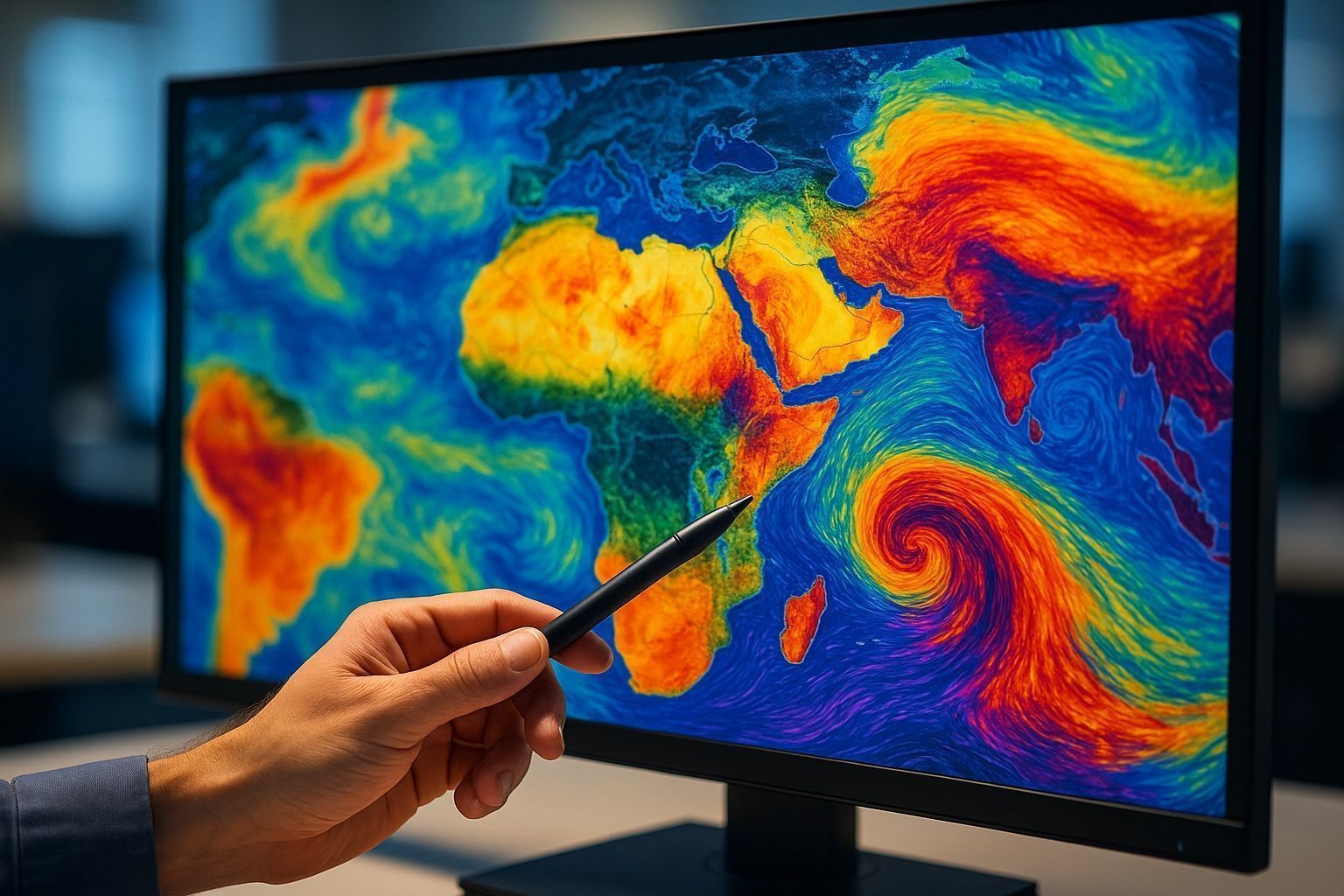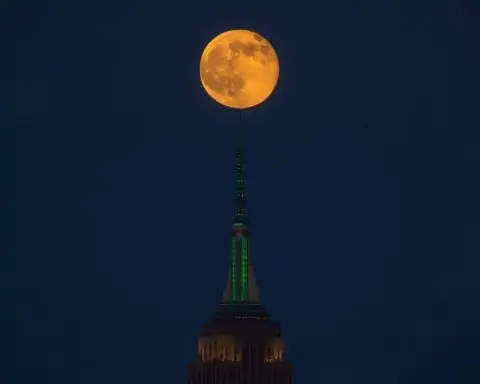
Carrington-Class Sunspot, G3 Geomagnetic Storm and Cold Moon Supermoon: What to Know on December 6, 2025
On 6 December 2025, three major space-weather stories are converging in Earth’s skies: Here’s what that all means for power grids, satellites, northern lights hunters and anyone heading outside to enjoy the sky. 1. The giant AR 4294–4296 sunspot complex

